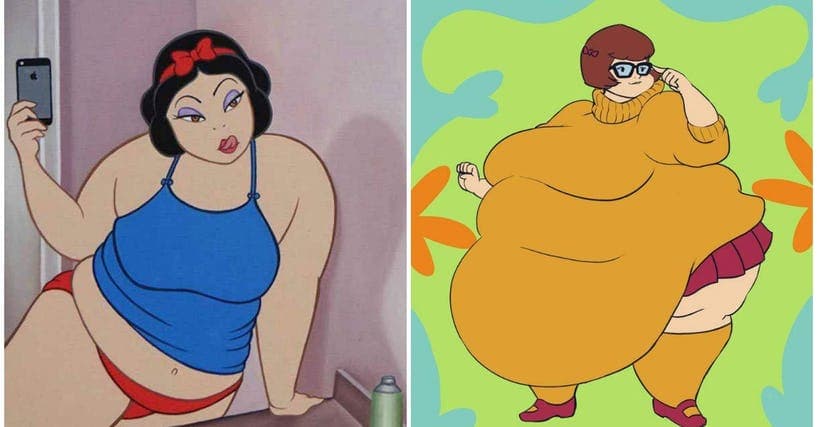

The primary muscles you use in hockey are located in your lower-body and core. Increasing your arm strength can enhance your shooting power, but this should probably come as a secondary concern for your hockey workout regimen – especially if you’re still learning to play. Upper-body muscles are still important in hockey, but committing to workouts for muscles above the core can only marginally impact your skating ability. These muscles drive your skating ability and balance, which are difficult to compensate for if you lack them. See also What Percentage of NHL Draft Picks Make It to the NHL? If you’re interested in off-ice workouts to improve your hockey abilities, you should focus on the lower-body and core muscle exercises. Should You Work Out The Upper Or Lower-body For Hockey? It also assists with securing body position on the ice, such as a net-front presence. Upper-body strength can be useful for taking faceoffs and winning puck battles. But again, make sure that you use a sound technique when you shoot the puck.ĭon’t simply try to power the puck on the net with your muscles. Though your arms are also in-motion while skating, their muscles directly contribute little to the skating process.īut you do use your forearm muscles and biceps when you take wrist shots and slapshots.Īrm workouts can strengthen your shooting. Primary core muscles used in skating include the oblique muscles and the rectus abdominis. Skating motion actually starts and stops with the core, which offers stability, balance, and power. The core muscles are an underappreciated component of playing hockey. But be sure to pair that exercise with proper skating form and technique for the best results. Training with exercises designed for these lower-body muscles can increase your skating strength and speed. This pushing motion also relies on the hamstrings.

When you extend your leg back with each stride, you’re also using your glutes to push through. With every skating stride, you are generating power with your quadriceps (front thigh muscles) and adductors (inner thigh muscles). Skating activates many muscles in your lower-body from your hips down to your ankles and feet. See also Why Goalies Leave Their Net? Empty Hockey Net Explained The Primary Lower-body Muscles


 0 kommentar(er)
0 kommentar(er)
